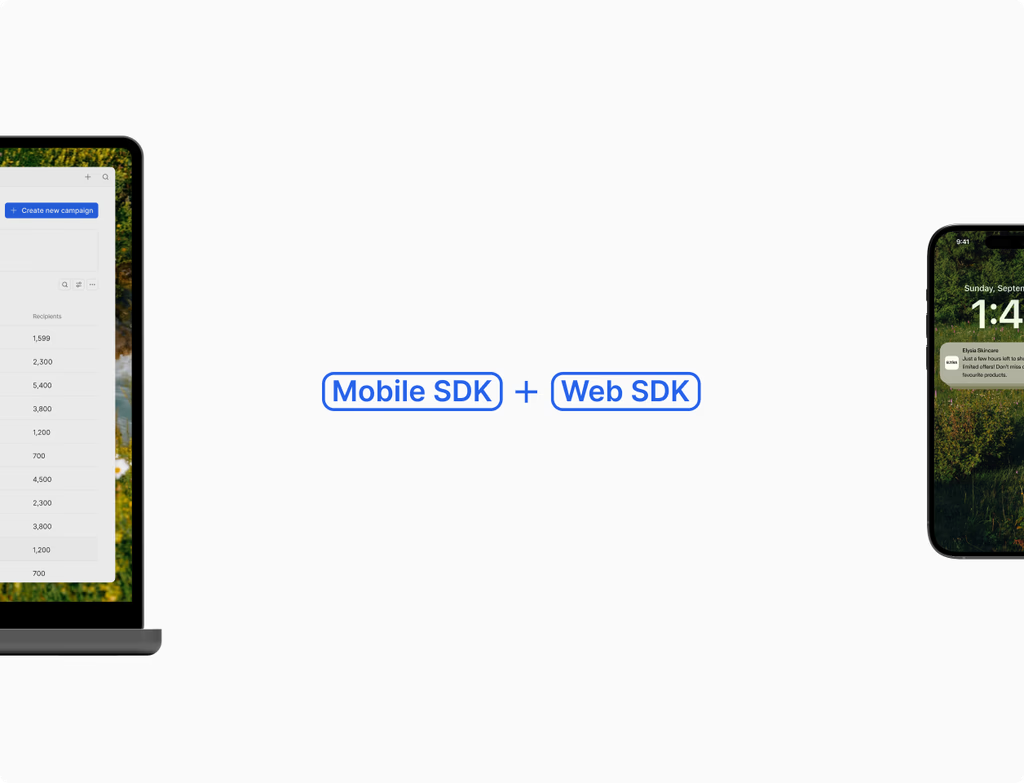How does the Event Visualizer simplify event tracking without needing code?
The Event Visualizer allows anyone to capture website and app behaviors using a point-and-click interface. You can define behavioral events across your site or app visually, removing the need for constant developer involvement. This visual approach lets marketing and product teams rapidly deploy event tracking.
The feature provides a selector-based picker to easily tag elements. This dramatically reduces the time it takes to instrument your digital properties, allowing you to quickly:
- Tag elements with a selector-based picker.
- Group variants into a single canonical event.
- Preview before publishing to validate accuracy.
New events are available for segmentation and automation shortly after publication within the Hoop platform.
Will using the Event Visualizer significantly impact my website's page speed?
No, event capture is lightweight and is specifically engineered to minimize impact on page load times and user experience. The Hoop platform prioritizes performance, ensuring that data collection does not introduce noticeable delays.
The underlying Event Visualizer SDK is asynchronous and non-blocking. It operates efficiently in the background to record interactions such as button clicks, form steps, and navigation choices, allowing for real-time clarity on event fire rates across pages and devices. This focus on performance ensures that you can gather high-value patterns without sacrificing speed.
Which Hoop platform pricing plans include access to the Event Visualizer feature?
The Event Visualizer feature is available across multiple Hoop platform pricing tiers to suit various business needs. It is included in the Core, Pro, and Enterprise plans.
Customers on the Core plan receive essential event visualization tools, while Pro and Enterprise tiers unlock advanced capabilities such as higher event volume limits, sophisticated governance controls, and comprehensive reporting. Specific usage limits, like the number of events or monthly tracking volume, scale with the plan level. For very high-traffic applications, the Enterprise plan offers the highest capacity and dedicated support for data integrity controls.
How soon after defining a new event can I use it for segmentation and automation?
New events defined using the visual picker are available for segmentation and automation almost immediately after they are published. The Event Visualizer uses a rapid deployment pipeline within the Hoop system.
Once you complete the visual selection process and validate the event accuracy through the preview feature, the definition is instantly rolled out. This speed allows for dynamic behavioral grouping and immediate action. You can begin to:
- Trigger journeys and alerts based on the new event.
- Route high-intent users to sales with the generated context.
- Apply the event for lead scoring and personalized outreach campaigns.
What data governance controls are in place to ensure data quality and integrity?
The Event Visualizer is designed with robust data governance features to maintain trustworthy data and reliable insights within Hoop. Data trustworthiness is essential for effective automation and analytics.
Key governance controls ensure consistency and reliability across your team's tracking efforts:
- Versioned definitions with change history for auditing.
- Sampling and bot filtering controls to exclude irrelevant traffic.
- Event property governance and naming standards across the organization.
This systematic approach helps prevent data drift and ensures all team members are using consistent event definitions when measuring impact on revenue and conversion.
Can I use the Event Visualizer to measure the impact on revenue and conversion?
Yes, proving impact is a core function of the Event Visualizer. By connecting defined events to downstream business metrics, you can clearly measure how user actions translate into pipeline and revenue creation. This feature transforms raw clicks into meaningful business data.
The Event Visualizer helps you connect the dots between behavior and financial outcomes by providing different views:
- Funnel views to measure drop-off by step and audience.
- Attribution models to connect events to pipeline and revenue creation.
- Content testing capabilities to compare engagement across variants and layouts.
This allows marketing, product, and sales teams to unify their view of the customer journey and optimize for the highest-value actions within the Hoop platform.



.avif)




